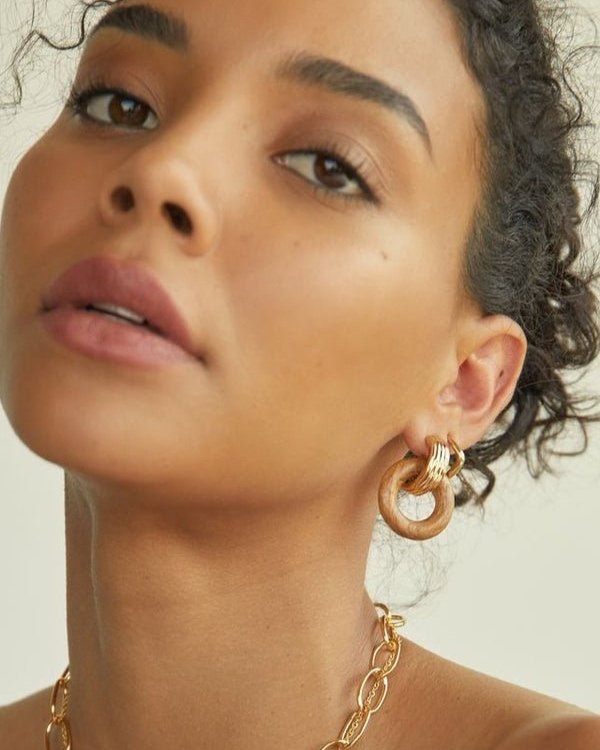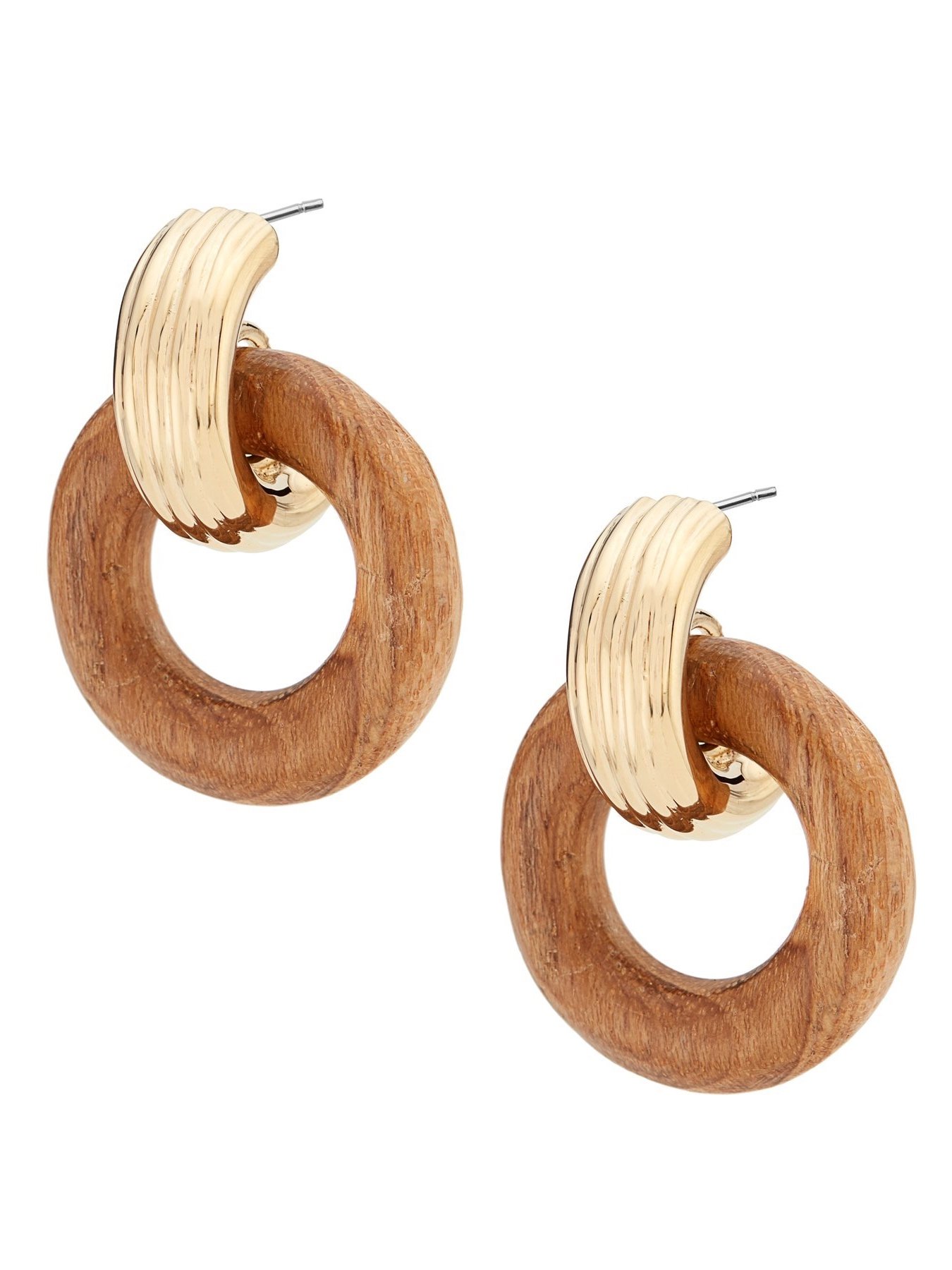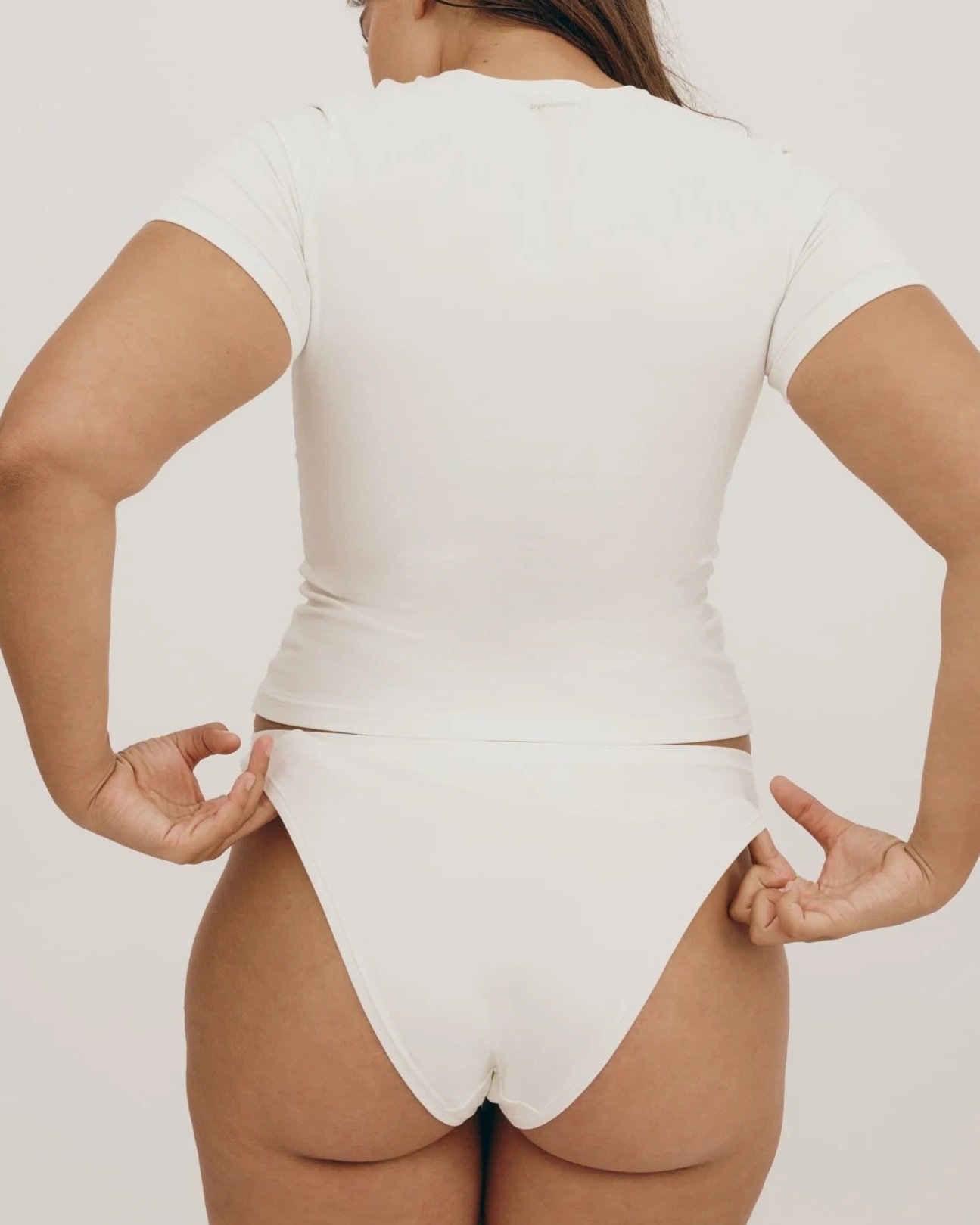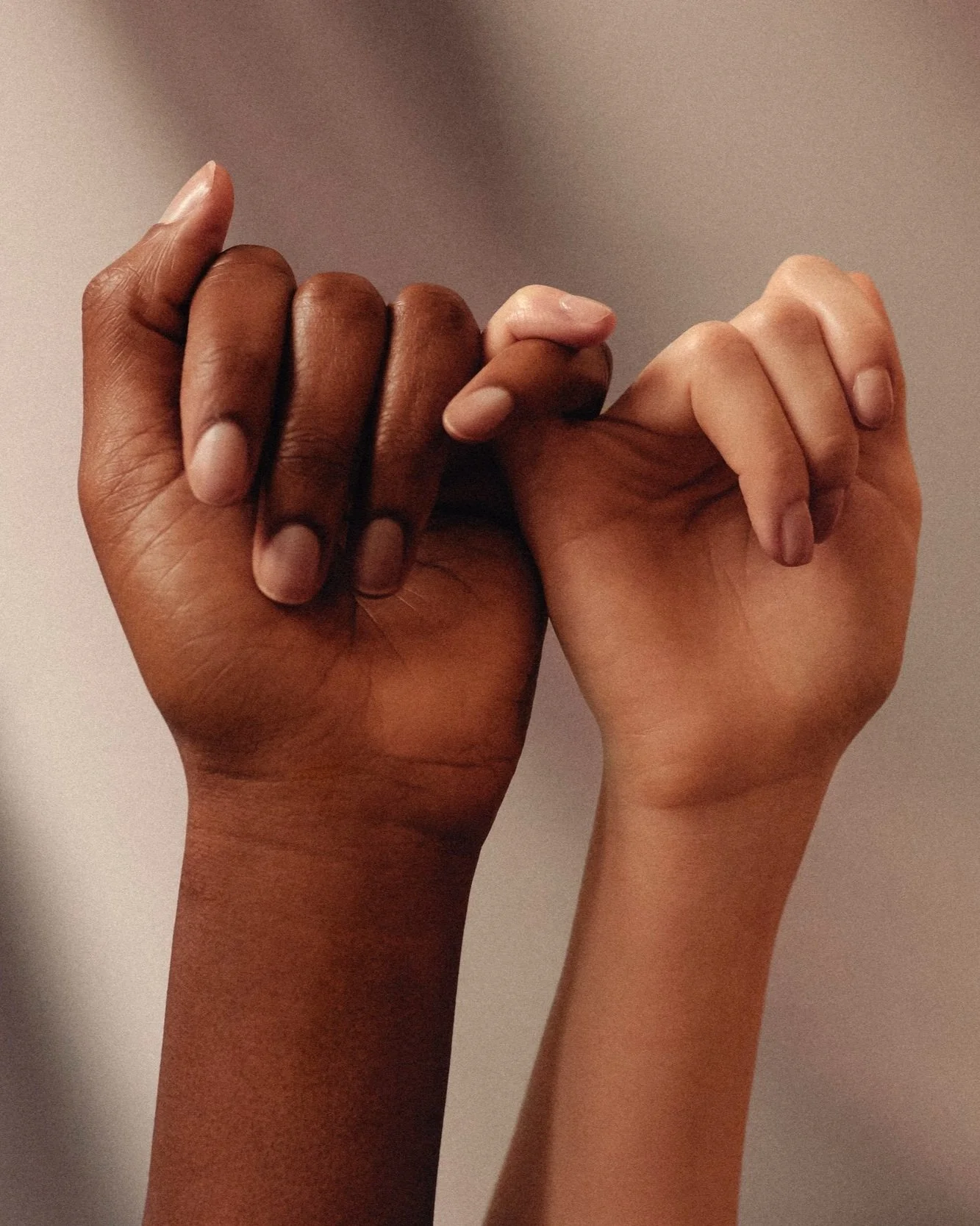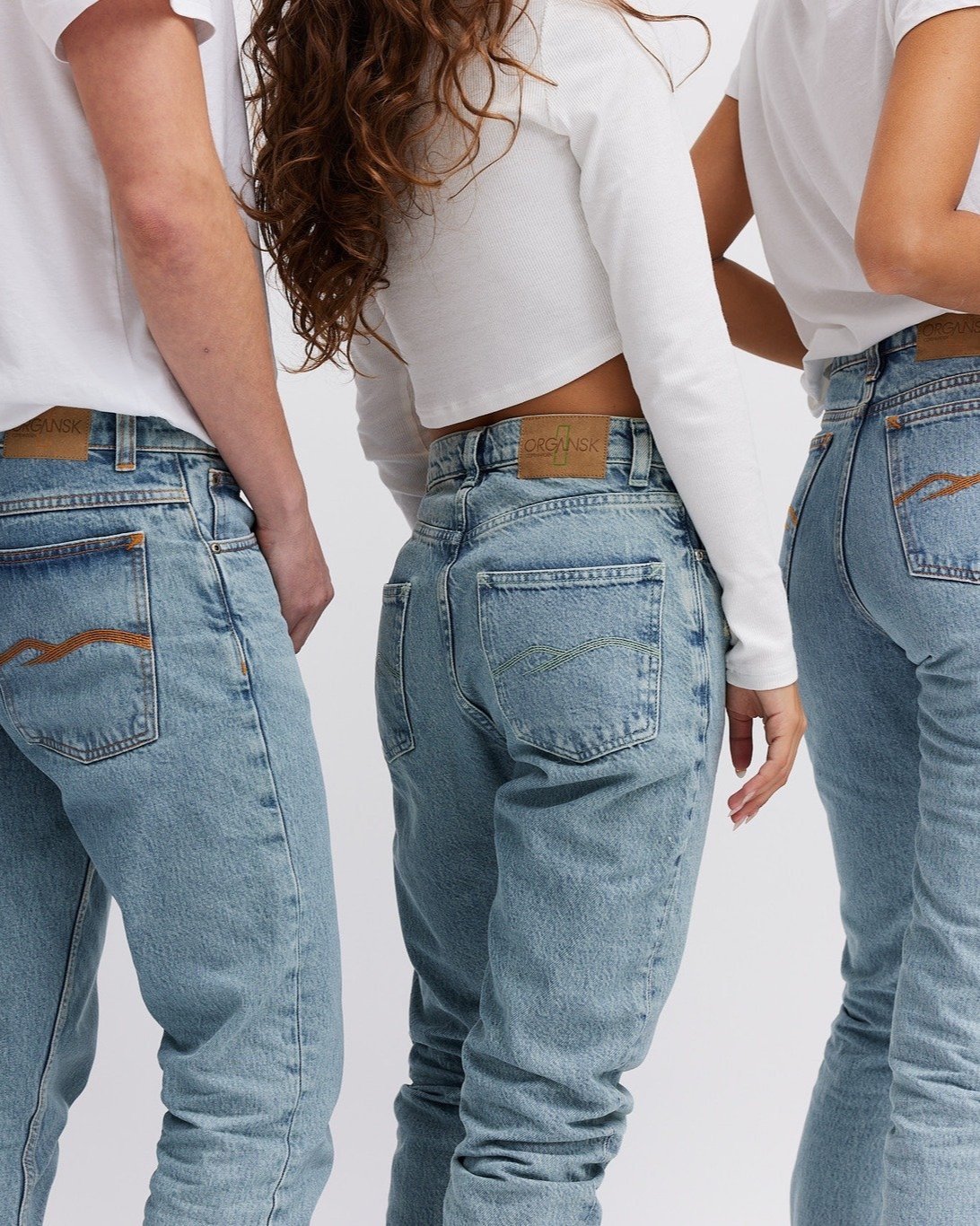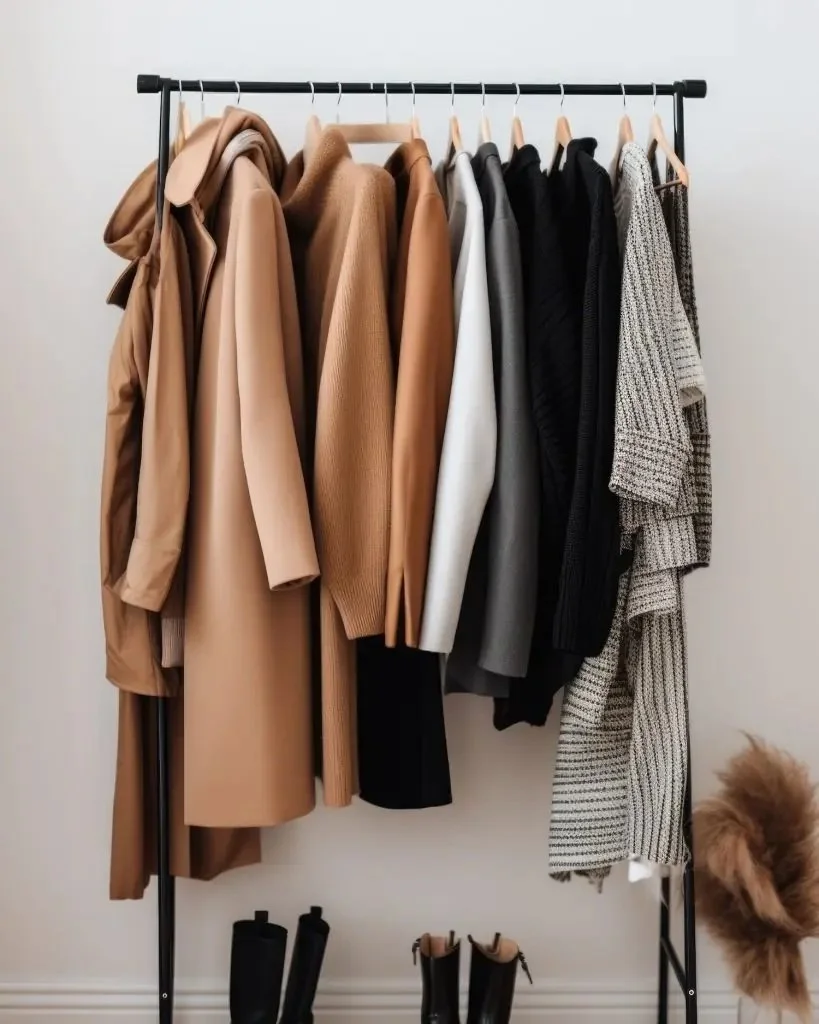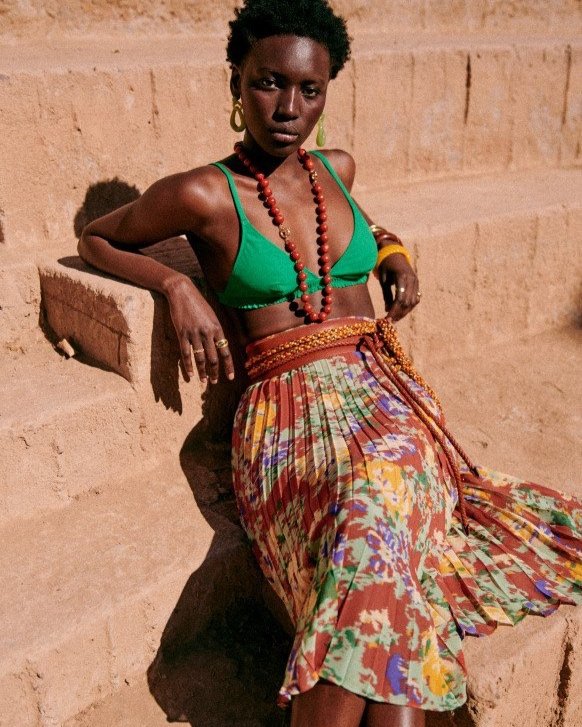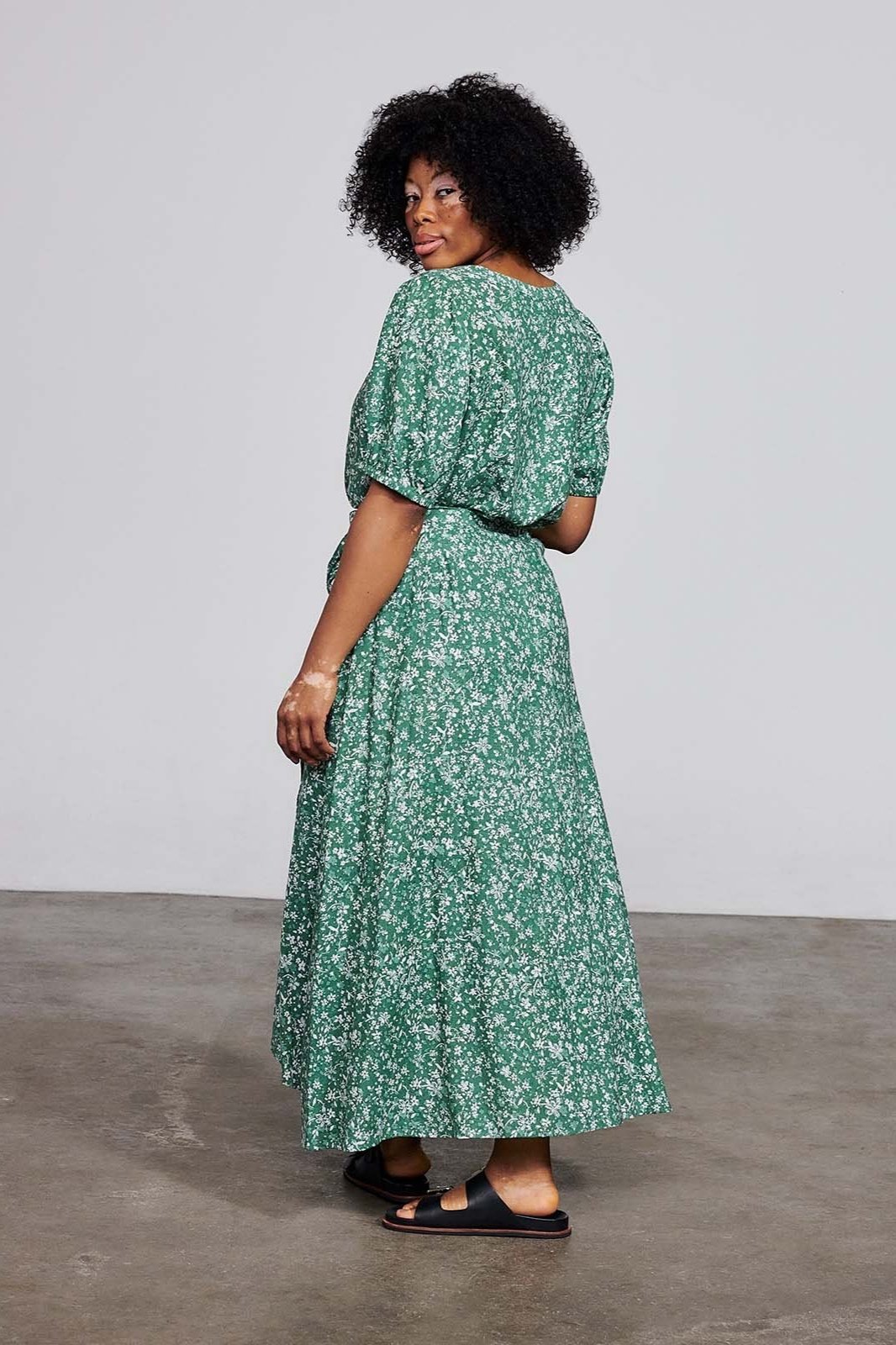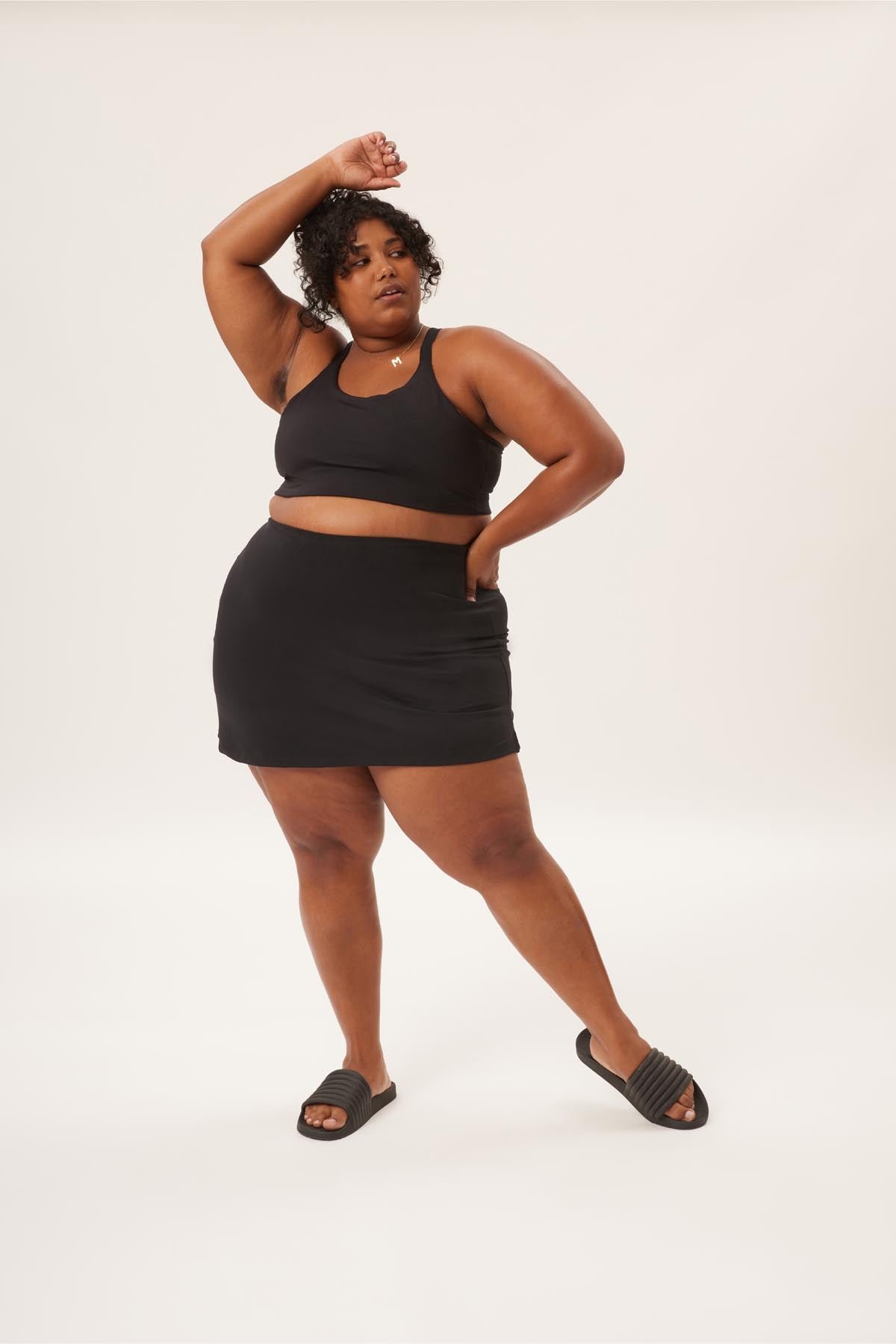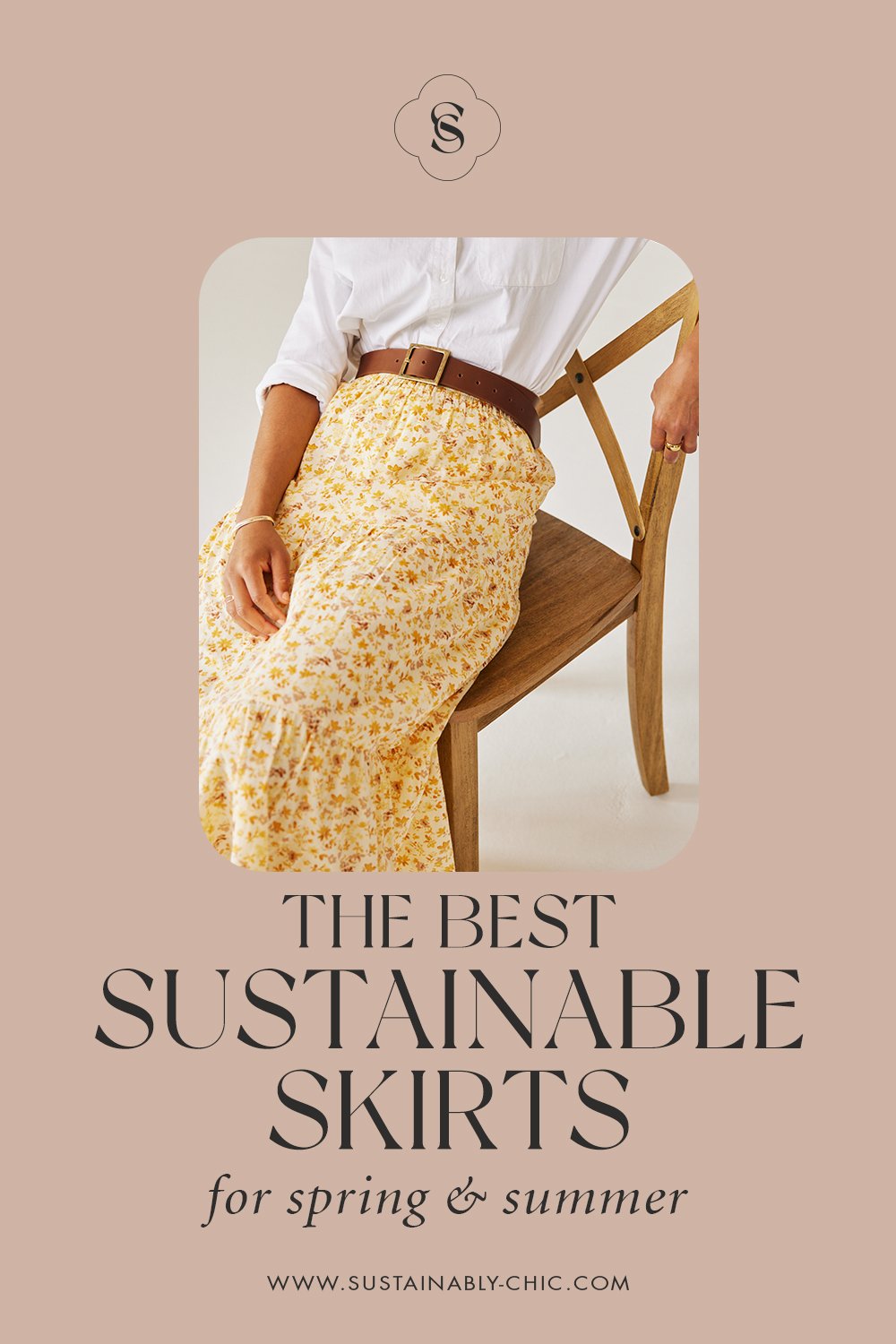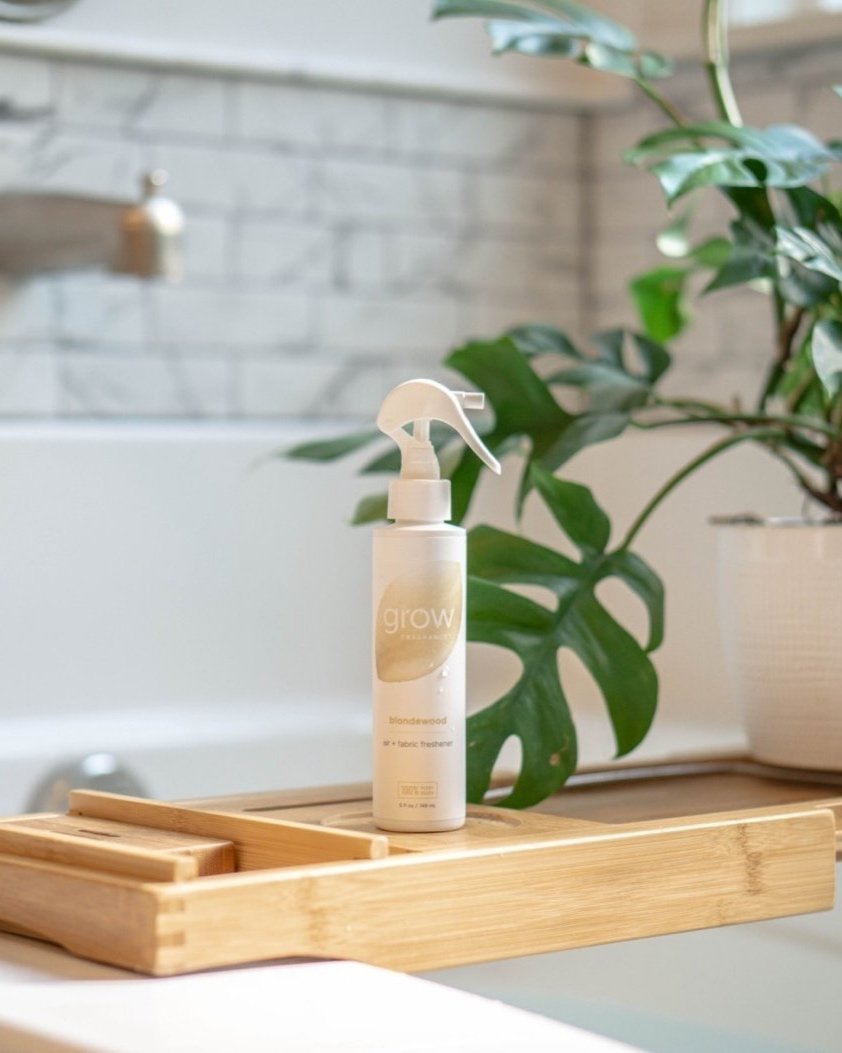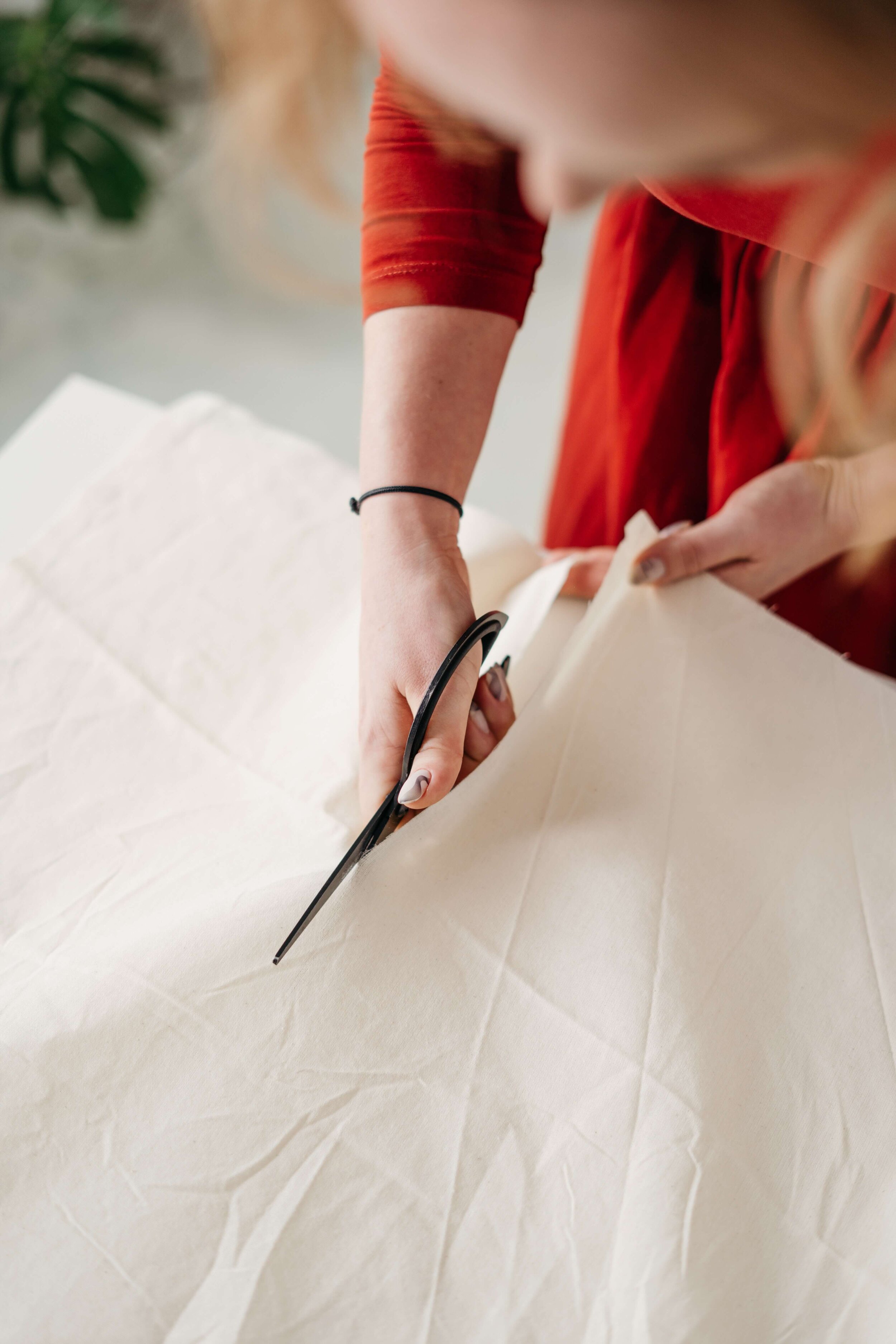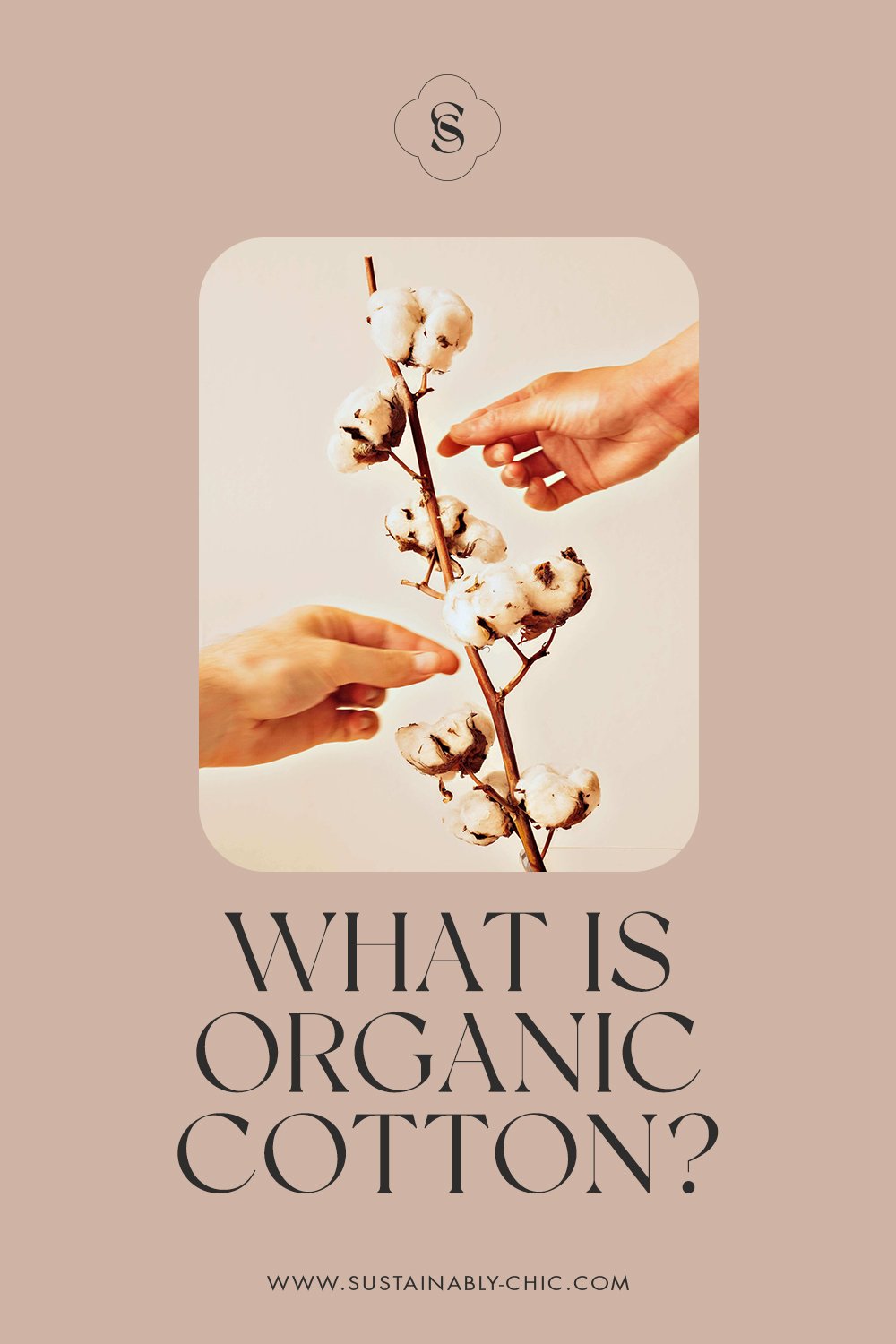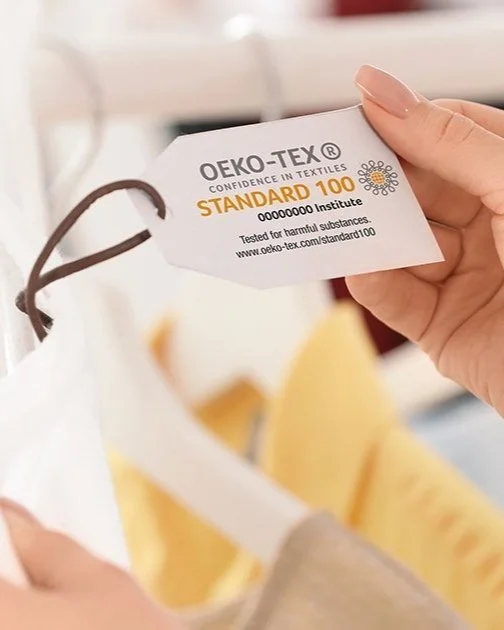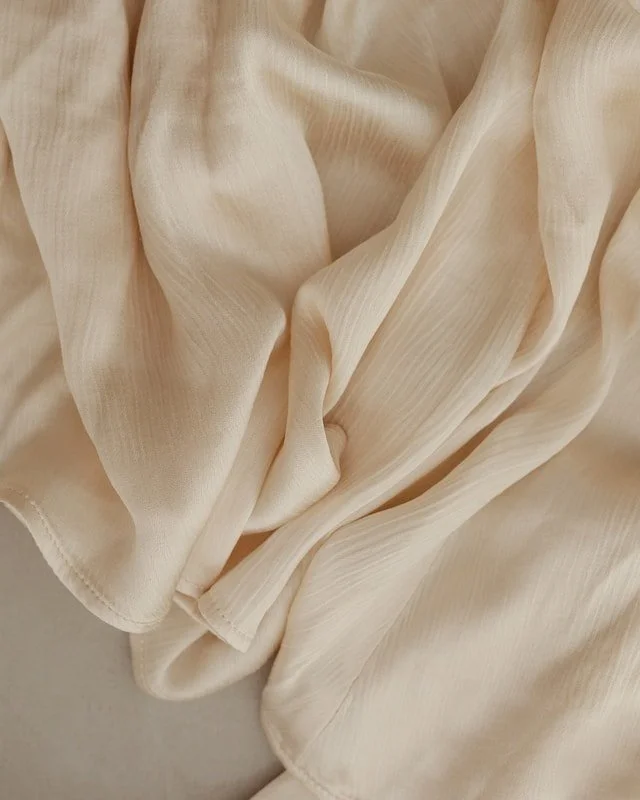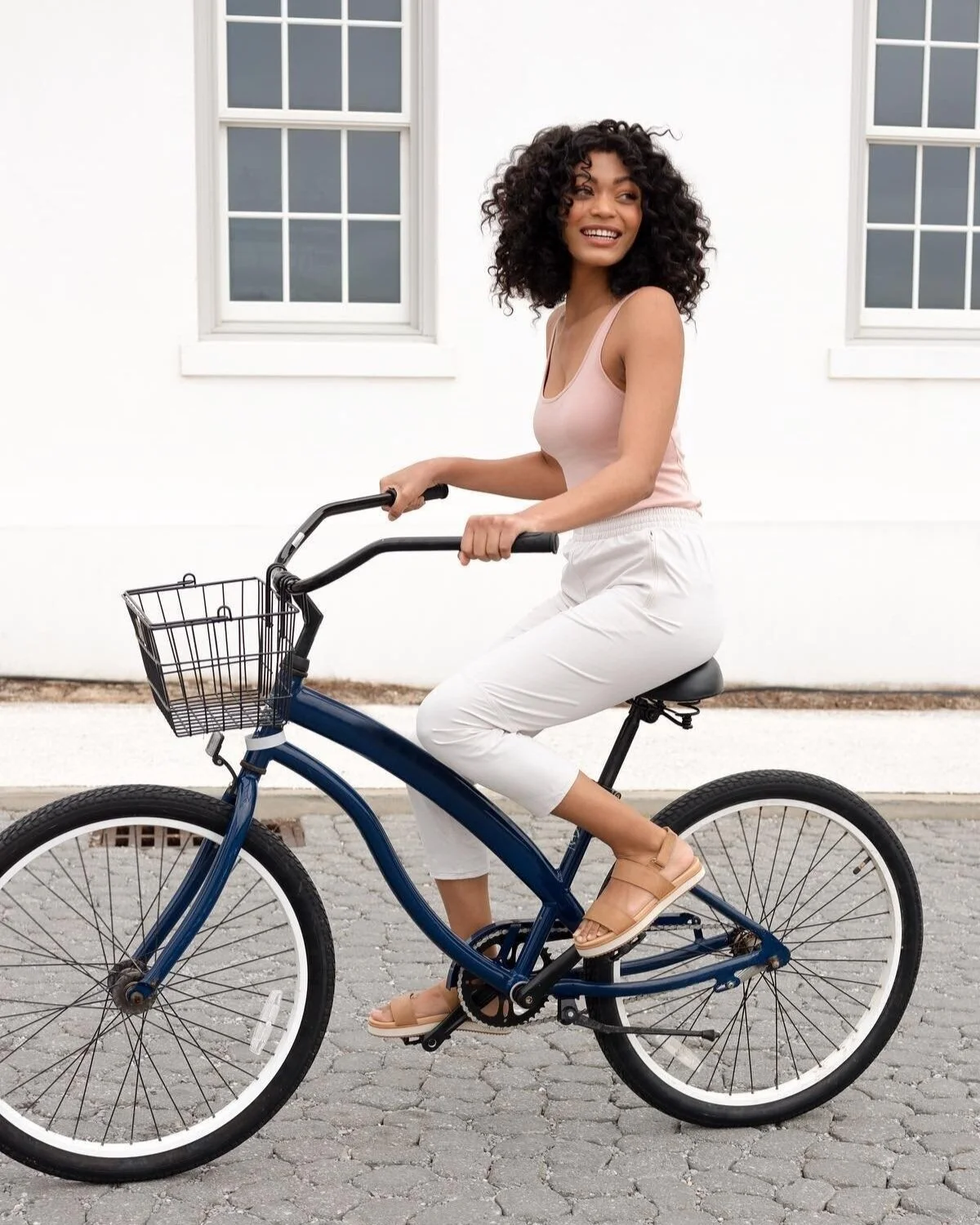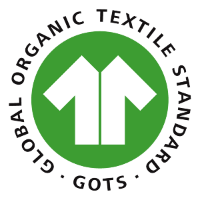Image: Soko
Disclosure: Some of the links below are affiliated; we may earn a small commission if you click through and make a purchase. We only ever add brands & products we truly believe in. Thank you for supporting the brands who are making the fashion industry a better place!
SUSTAINABLE & ETHICAL EARRINGS
People have adorned themselves with different forms of jewelry and decoration for as long as 75,000 years. Earrings specifically, have long been considered precious investment pieces, worthy of caring for, and even passing on as an heirloom. Today though, some earrings are made at a great cost to both the planet, and the people making them. So, how can we continue to accessorize, with sustainability and ethics in mind
What makes earrings unsustainable
Most earrings are made from some kind of metal. Metals are natural resources found in the ground, which means they need to be mined for. This is the case too, for many of the gemstones found in earrings – from those that are more expensive like diamonds, to those which are more widely available, like garnet or citrine.
There are multiple environmental concerns that can be tied up with this mining. First, in order to mine land, it is cleared, eradicating a biodiverse ecosystem full of plant and animal life. Land clearing not only harms biodiversity but results in the release of carbon into our atmosphere, warming the planet. Mining can also cause soil erosion surrounding the site.
This damage can be long-lasting, as even after excavation, should the land be left to regrow vegetation, the soil, and natural water supply can be damaged, remaining less fertile and able to support plant and animal life that follows. This is because mining involves the use of intense chemicals. In gold mining, for example, cyanide is commonly used.
Cyanide is a potentially deadly chemical that is used to leach gold out from iron ore. It is often sprayed over a massive heap of crushed, mined ore, or this ore is bathed in a tank full of the chemical. This is a problem not only because this modern way of mining is often more land-intensive but because cyanide is toxic, with environmental contamination leading to major fish kills, the contamination of local communities' drinking water, and more.
Even without the use of additional chemicals and land clearing aside, there is pollution involved in mining. Any time we disturb the earth, we release emissions into the atmosphere; this even happens on farms tilling the topsoil in preparation for crop cultivation – imagine the impact of digging up so much earth. In addition, as the earth's different rocks, minerals, and gases are mined, carbon monoxide and dioxide, methane, and hydrogen sulfide can be released.
The impact of mining is clear when we compare the carbon emissions associated with sourcing recycled silver and gold with the emissions linked to mining new silver and gold. Recycled silver has just a third of the impact of mined silver, while recycled gold has a shocking 600 times less carbon tied to it than new gold.
What makes earrings unethical?
Now that we’re aware of just some of the environmental problems that can be involved in the mining of raw materials for earrings (where much of the impact lies), we need to ask ourselves about the social impact of earring production.
Now that we’re aware of just some of the environmental problems involved in the mining of raw materials for earrings (where much of the impact lies), we need to ask ourselves about the social impact of earring production.
Just as we should ask questions about who made our clothes, we need to ask ‘who made our earrings?’. When we consider this, again, we need to start at mines. Mining is very dangerous, with the industry employing just 1% of the global labor force while generating 8% of all fatal accidents. Mines sometimes collapse, cave in, or explode due to gasses released inside of them. More commonly, mining accidents and health issues are related to poor air quality caused by work in confined spaces amongst sometimes toxic gases and dust and by work in extreme temperatures. Other risks include falling down open mining shafts or into scattered pits in the mining area. Mercury poisoning can be a serious issue for gold mining in particular, as mercury is also used like cyanide to separate the gold from iron ore.
The people working in these often dangerous conditions are sometimes extremely vulnerable. For example, child labor remains a severe problem in the metal industry. Across some parts of Africa, Asia, and South America particularly, tens of thousands of children are made to work in these dangerous conditions. Child labor is a human rights violation, with nearly 1 in 10 children worldwide impacted, often due to poverty. With children working in gold and silver mines, a Human Rights Watch interviews with young people working in small-scale gold mines heard children describe being ‘terrified’ when climbing down shafts or diving into underwater mining pits.
It’s not only in the mining of precious metals and gems that hazardous work takes place but in the cutting and polishing of gems. Tiny dust particles released as gems are cut can lead to serious respiratory issues. This work, as well as work in the earring-making process, such as welding, cutting silver links together, or flattening silver with a hammer, is often performed by children over long hours. These jobs often involve sharp, hot, and heavy equipment and can lead not only to the aforementioned lung disorder risks but to hand deformities in children, eye strain and headaches. Many workers in the jewelry and, specifically, the earring industry, whether children or adults, are underpaid and exploited, with brands taking profit without fairly paying those who truly earned it.
Some of our favorite sustainable and ethical earring brands:
Luckily, there is a huge range of gorgeous jewelry brands that are committed to doing better, and to making earrings that are made as beautifully as the earrings themselves look. While transparency is sometimes very difficult to find in the jewelry industry, improvement is continuing, especially as more independent jewelers recognize that everyone producing the metals and stones they use, deserves to be treated and paid fairly, just like they do.
1) Laura Elizabeth Jewelry
Our Pick: Stella Earrings, $125
100% recycled brass & 14 karat-gold/sterling silver plated
These sweet tiny succulent petal earring stud pendants are sustainably cast in downtown LA. They’re actually made directly from nature, cast from a real petal! Laura Elizabeth jewelry is perfect for everyday life, and their kid-friendly designs are so fun to layer and easy to style with your wardrobe. It is also a woman-owned, US-based business!
2) Illi Fine Jewelry
Our Pick: Como Earrings, $1008
Elevate your look with these lab-grown diamonds set in recycled solid 14k gold. This is one of the few brands that offer not only lab-grown diamond jewelry but also other gems like alexandrite, ruby, and sapphire! The team at illi is committed to sustainability and is constantly improving its processes every step of the way.
3) Bario Neal
Our Pick: Sol Emerald Octagonal Studs Yellow Gold, $2780
Reclaimed 14kt Yellow Gold, Sustainably-Mined Emeralds
These contemporary octagonal-cut emerald earrings are absolutely stunning! An industry leader in ethical sourcing and mindful production, Bario Neals’s jewelry reflects individualism, gender and marriage equality, and conscious values rooted in ethical origin from mine to market.
4) Valley Rose
Our Pick: Amare Heart Clickers, $4,255
Certified 14K Fairmined Gold, Vietnamese Rubies
These beauties are made with carefully sourced, ethically mined Vietnamese Rubies. They have a stunning fuschia-red hue, and each ruby is individually hand set in wax and then cast in gold. Valley Rose’s jewelry is designed and handcrafted by Northern California-based designer Brittany Groshong.
5) DUSA
Our Pick: Bar Diamonds Earrings, $360
Recycled Gold & Lab-Grown Diamonds
DUSA is a sustainable fine jewelry brand making gorgeous handmade jewelry from recycled gold and ethically sourced, conflict-free diamonds and gems.
In addition to their minimalist earrings, they also handcraft rings, necklaces, and even one-of-a-kind pieces at their Tel Aviv workshop. Plus, they donate 1% of profits to an organization that plants trees!
6) Ten Thousand Villages
Our Pick: Art Deco Leaf Earrings, $59.99
Recycled bombshell brass
Decades of conflict have left Cambodia littered with bombs so makers from Ten Thousand Villages’ fair trade partner, Rajana use the brass bomb casings (safely cleared by a demining agency) to create jewelry.
Every product at Ten Thousand Villages celebrates culture and the planet, so you know not one is compromised for the other.
7) Astor & Orion
Our Pick: Dreamer Rose Gold Hoop Earrings, $168
70% recycled stainless steel dipped in rose gold
If you love to wear hoop earrings, maybe add a more unique, intricate pair to your collection? These beauties are designed in Seattle and ethically made in Thailand.
They utilize circular design principles & hand sculpt each piece in a 3D environment.
8) Stefano Navi
Our Pick: Lab Grown Diamond Stud Earrings, $345
Round lab-created diamonds, recycled gold
A classic piece for your jewelry collection, these diamond stud earrings are handcrafted in the US using ethically sourced materials.
Choose from white or yellow gold (rose gold can be chosen upon request). They also come with free shipping and a lifetime guarantee!
9) Soko
Our Pick: Shujaa Wood Link Hoop, $88
24k gold plated brass, wood
Soko is a fair trade, certified B Corp that empowers artisans by connecting Kenyan creators with a global consumer market of people wanting to buy their upcycled, more sustainable and ethical earrings. With minimalist pieces as well as those that are bolder, Soko is a purpose-led brand of beauty.
10) Adele Dejak
Our Pick: Richa Afri Earrrings, $85
Up-cycled brass
These is a beautiful dangle down earring made of loops of polished brass.
Creating upcycled and recycled earrings made in a transparent supply chain, Adele Dejak is a Kenyan label with ethical credentials. With partnerships with the UNHCR, this brand offers bold and sophisticated designs that give back.
11) Aid Through Trade
Our Pick: The Waldorf Earring, $22
Glass beads, brass
All of Aid Through Trade’s jewelry is verified by the Fair Trade Federation, which ensures fair pay, transparency, and empowering work conditions. They are also ethically crafted with love in Nepal, and each purchase directly empowers a Nepali woman and supports a sustainable livelihood. Plus, they give back to the communities through scholarships!
MAKE SURE TO PIN THE PHOTO BELOW TO SAVE THIS POST FOR LATER!
WANT MORE SUSTAINABLE BRANDS? VISIT OUR BRAND DIRECTORY!
Our Brand Directory is home to hundreds of sustainable brands, from makeup to cleaning supplies, from underwear to shoes. We have broken everything down by category for easy shopping, along with discount codes unique to Sustainably Chic viewers.

